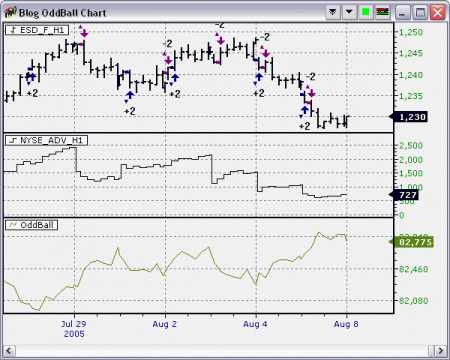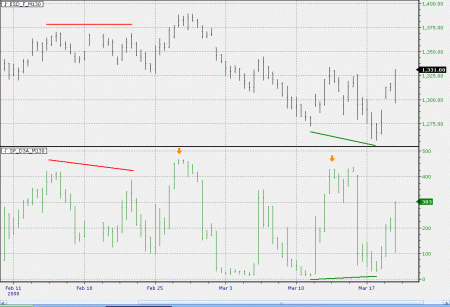HFT Is Not The Same As Algorithmic Trading
 Just a short explanation to clarify these two terms – High Frequency Trading (HFT) and Algorithmic Trading (AT).
Just a short explanation to clarify these two terms – High Frequency Trading (HFT) and Algorithmic Trading (AT).
Algorithmic Trading (AT) is a generic term referring to the use of rule driven computer models to execute trades on behalf of their human bosses. The algorithms involved cover many kinds of market activities. They are not all the same. Algorithms are developed to replace the human traders due to the inherited issues like emotion and execution speed.
High Frequency Trading (HFT) refers to specific algorithms developed to tackle (or exploit) inefficiency within the modern electronic markets. Although you can call HFT a kind of algorithmic trading, they are really a different kind of animal all together.
Many non-HFT algorithms are edge driven. That means they have been backtested against historical data to see if there exists certain statistical biases in the outcome of particular events. These events can be chart patterns, news shocks or even patterns in the order books. These algorithms are designed to capture the potential profit from the positive expectancy derived from the historical performance.
HFT are a different breed of algorithms. The ones that are put into the field are often not developed under the data mining / backtest / refinement cycle. The reason is that you simply cannot tell what would happen when a sub-human reaction timing execution would do to the market based on historical transaction data alone. There is not enough data there to allow for proper backtesting.
To understand this subtle difference, one has to think at the bid/ask process level to realize where the problem is.
Classic algorithms generate orders to participate in certain events that are identified by the rules of the models. They are reaction driven. They are trying to go on board as one of the participants.
HFT algos generate orders to create certain events where there is probably no other participants. They are pushing the markets to react. You cannot anticipate what will happen exactly until the algo goes live.
Hence, HFT designs are partly driven by the understanding of the complex structure of the markets and exchanges. They are also partly created from intuitive thinking of what is likely to happen or triggered should certain events are forced to happen. Combining the two, you get people figuring out how to game the auction process for profit.
To illustrate the point, let’s look at an example here.
One of the early HFT strategies is to game the market maker bots by flashing different orders to different ECNs on the same underlying instrument (e.g. a stock). You cannot backtest such thing. You can only forward test it by doing it secretly in some not so liquid markets to see how the market maker bots response. The outcome was a whole generation of HFT bots scalping off the mispricing in different ECNs.
As a summary, HFT is (mostly) not algorithmic trading.














